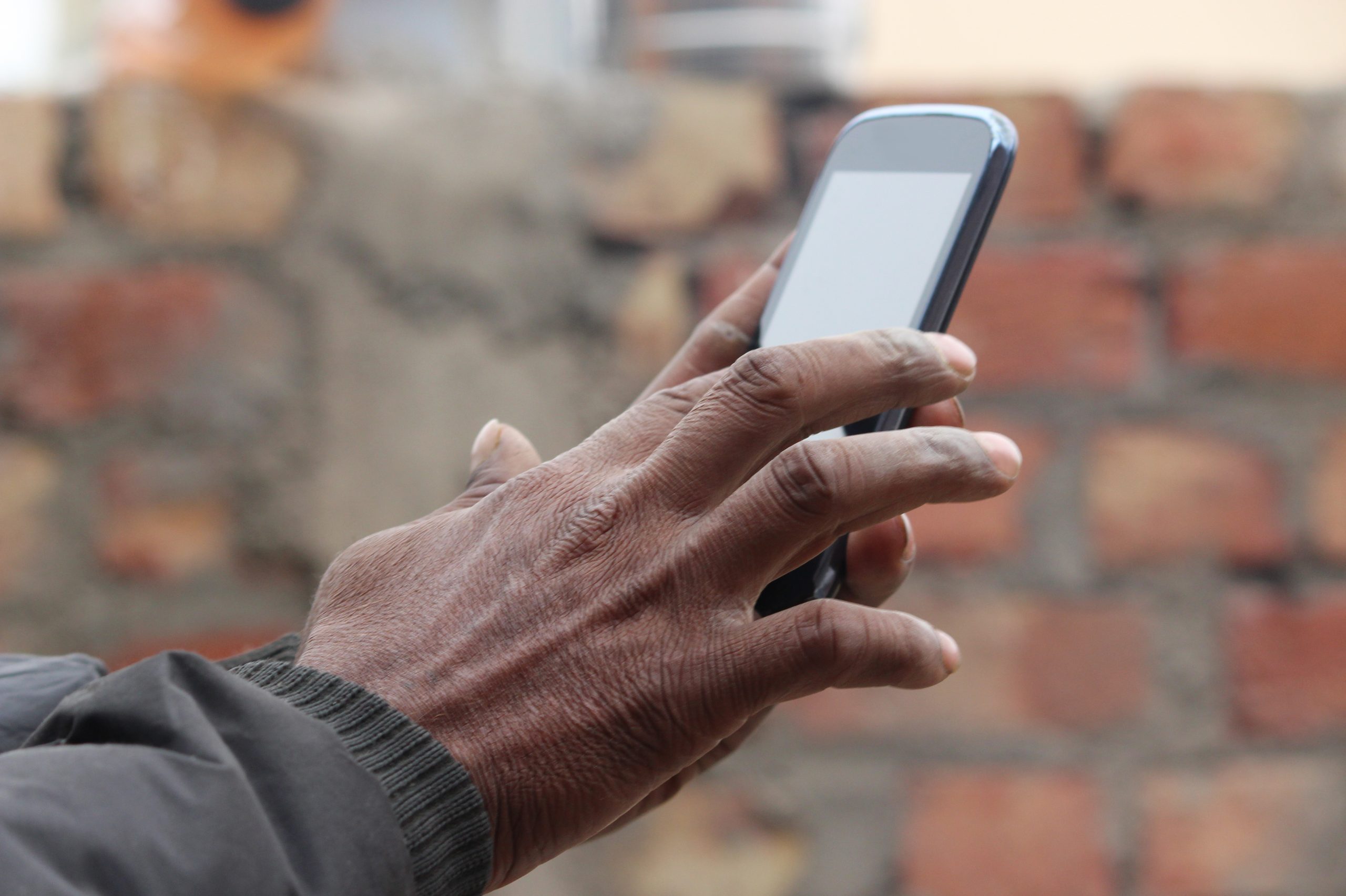Technological solutions offer several opportunities to help communities, organizations and their local partners during the coronavirus pandemic. Here are the 5+1 tips for development NGOs – focusing especially on the work in the Global South.
1. Use educational technology
Digital solutions can support children’s learning while schools are closed. You can find tested and free solutions from the list published by the All Children Reading: A Grand Challenge for Development. The list contains 9 education applications in multiple languages and that – once downloaded – do not require continuous internet-connection. The list includes, for instance, the award-winning education gaming app, Feed the Monsters, that has been shown to improve children’s literacy skills and psychosocial wellbeing. The app – designed originally for out-of-school Syrian refugee children – is available in more than 50 languages on Google Play.
2. Switch to distant M&E practices
Visiting communities and meeting people in order to gather information – for monitoring and evaluation among other things – is impossible during the pandemic. Luckily, there are several ways to utilize technology to continue your work. Interviews can be conducted by phone and members of the communities can, if possible, take photos with their mobile devices and share them with you. Read more from Humanitarian Data Solution’s blog which provides 8 ways to adapt your M&E during the pandemic in their blog.
3. Use SMS and voice response services
How to communicate widely with different groups – reaching, for instance, teachers and volunteers in the communities – when it is not possible to meet people? While WhatsApp and Facebook are used also in rural areas of many countries, radio and SMS services are often the most accessible channels to relay information. Check out, for instance, the TextIT-service to build your own SMS and Interactive Voice-based services for your projects.
4. Enhance health programs with applications
There is a wide range of applications that support health programs. The ICTWorks’ blog lists 9 digital solutions that are particularly useful in COVID-19 response. For example, NoviGuide is a decision support platform that transforms static guidelines into point-of-care decision trees, and CommCare is an open-source mobile case management platform that helps to track clients.
5. Boost online meetings and webinars
A lot of the daily work, meetings and trainings are now online. In many cases, the basic platforms and devices, such as your laptop’s webcam and your own headphones, are fit for the job. However, if you are organizing, for instance, trainings regularly you might want to consider investing in a separate web camera and microphone. There are many webcams that offer – with a reasonable price – much better video quality compared to the often fuzzy laptop webcam. In case a separate webcam is not an option, it is also possible to use your mobile phone as a webcam by using the free Droidcam application. For free online meeting tools see, for example, Jitsi, Hangouts and Zoom (time and other limits in the free version).
+1: Take a pause to consider
When utilizing any of the above-mentioned tools and solutions, remember to pause first and consider the best way to integrate them into your projects and activities. Two very helpful sources are the Principles for Digital Development and Digital Investment Tool. In short, make sure that the content and used technology is feasible for your context, there are enough support and training available for adoption and maintenance, check that privacy and security issues are taken care of and the introduction of new technology does not do harm e.g. by increasing the existing vulnerabilities and power-imbalances.
If you need help, guidance and tips, do not hesitate to contact: mika.valitalo@fingo.fi
This blog has been published also in Finnish.
